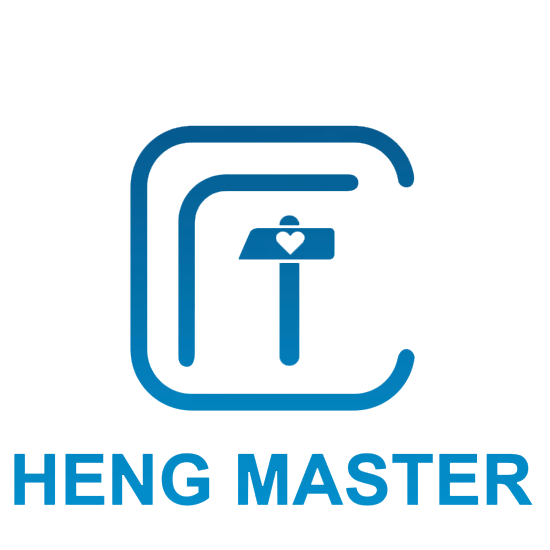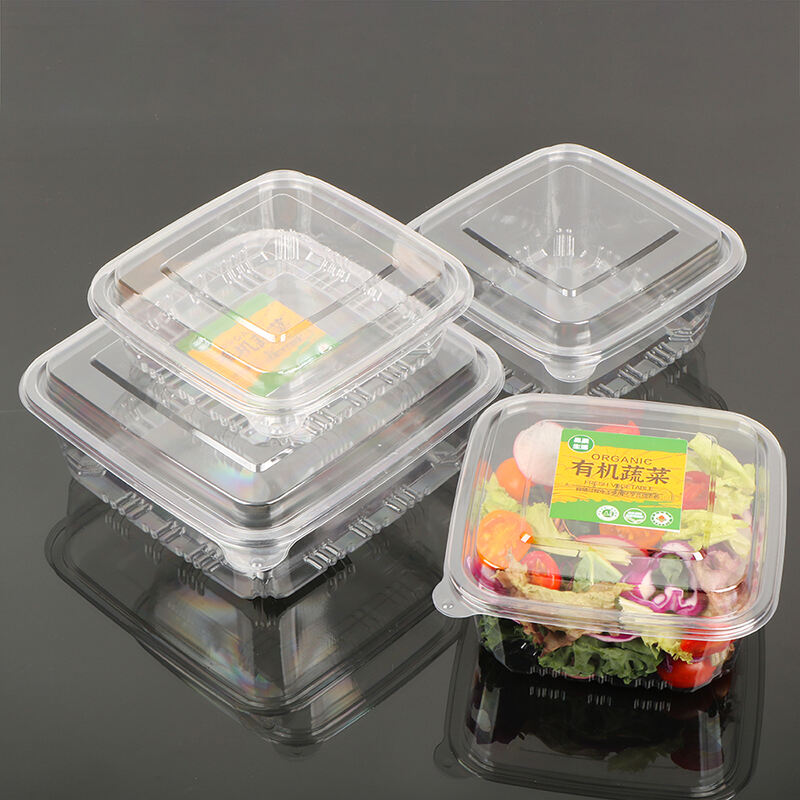Eligere inter Politilenam (PP) et Terephthalatum Polyethyleni (PET) pro vestimentis ciborum qualitatem, diuturnitatem et sostenibilitatem ambientalem producti graviter afficere potest. Ad consumptores et fabricatores, applicationes et proprietates harum materiae intellegere necesse est. Hic liber de praemiis et incommodis PP et PET tractat, ut optima electione uti possis pro tuis vestimentorum ciborum necessitatibus.
Intellegere PP et PET
Polypropylēnum (PP) est polymerum thermoplastīcum et plasticum flexibile, dūrābile, resīstiēnsque ad chemica. Hoc idoneum reddit utendum in continēntibus, involūcrīs, et saccīs ad cibōrum conditōram. Interim polyethylenis terephthalātum (PET) est polyester cum optimīs proprietātibus interclusīvīs quae id idoneam reddunt ad conditōram plasticam rigīdam. Amboe materiae notābiles proprietātes physicās habent quae ad specificās necessitātes conditōrae prōductōrum respondēre possunt.
Commoda PP in Conditoria Cibōria
PP versātile est, igitō in conditoria cibōria late utitur. Calefactionem microondārum sustinēre potest, quod ad cibōs promptōs ad vescendum utendum commodum est. Quia PP resīstēns est ad umorem et contaminātiōnēs chimicas, sapor et pretium cibōrum conservantur. Etiam ad iuvandō minuere onerās vehiculāriās manufactōribus auxiliatur quia levis est.
Commoda PET in Conditoria Cibōria
Constet procul dubio PET emendare posse visibilitatem productorum in mensis mercati propter claritatem et vim suam. Proprietates tuitivas etiam prohibent ne oxygenium aut humiditas ingrediantur, quod prolongat diuturnitatem cibi et adiuvat retinere novitatem eius. Praeterea PET rursus lucro redigi potest, quod aptum est ad conditiones modernae structurae tutae. Haec bona conditio PET valde utilem reddit ad marcas quae conantur ut viridem inquinamentum suum minuant.
Antiqua Disputatio: PP contra PET
Cum de PP et PET agitur, multa elementa ut pretium, peritia, et impactus environmentalis consideranda sunt. Quamquam PP fortasse flexibilior et vilior sit, pro productis quae diutius servanda sunt, PET propter proprietates suas optimas et recyclabilitatem magis economica erit. Praeterea, secundum productum alimentarium quod imponi debet, electio inter PP et PET variare potest. Exempli gratia, producta arida melius a PP tueri possunt dum liquida et pereuntia optime conservari a PET debent.
Mutationes in Sectore una cum Praedictione de Futuro
Societates cibariae magis operam dare incipiunt ad optiones impacationis amico-ambiente dum clientes recipiunt sostenibilitatem. Innovatio maior in technologia recyclandi et impacatione biodegradabili quam unquam antea. Plures societates sequuntur praxis sostenibiles et desiderium pro materialibus recyclatis augere praedicitur, praesertim PET. In his turbidis temporibus, intellegere tendentias valde importante est pro societatibus quae evolvere et in summo eorum industria manere volunt.
Ut concludamus, electio impacationis cibariae e PP et PET adhuc pendet ex pluribus elementis sicut genus cibi, sumptus, et amica-ambientes. Societates possunt maximam satisfactionem clientium adipiscisci et recipere mutantem tendentias consumerum dum praeterea et inconvenientia cum utrisque materialibus associata considerant et optimam solutionem impacationis eligunt.

